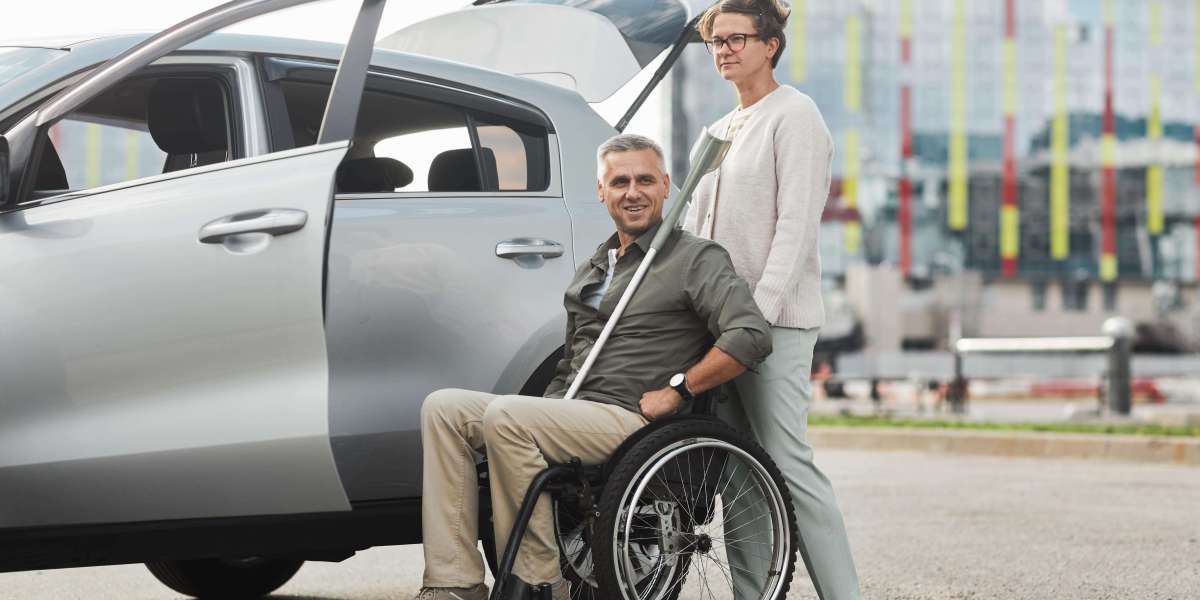Introduction
Metal wall panels have become a popular choice in modern construction due to their durability, aesthetic appeal, and versatility. Whether used for commercial buildings, industrial facilities, or residential homes, metal wall panels offer a sleek and long-lasting solution for exterior and interior cladding. They provide excellent weather resistance, require minimal maintenance, and come in a variety of styles and finishes to suit different architectural designs.
Types of Metal Wall Panels
Metal wall panels come in various materials, finishes, and designs to cater to different structural and aesthetic needs. Below are some of the most common types:
1. Single Skin Metal Panels
Single-skin metal panels are the most basic type of metal cladding, consisting of a single sheet of metal formed into different profiles. These panels are lightweight, easy to install, and commonly used in industrial and commercial buildings.
Best For: Warehouses, manufacturing plants, and storage facilities.
Key Benefits: Cost-effective, quick installation, and durability.
2. Insulated Metal Panels (IMPs)
Insulated metal panels consist of two metal sheets with a rigid insulating core between them. These panels offer superior thermal efficiency and soundproofing.
Best For: Office buildings, cold storage facilities, and energy-efficient homes.
Key Benefits: Excellent insulation, fire resistance, and reduced energy costs.
3. Corrugated Metal Panels
Corrugated metal panels have a wavy or ribbed design, making them highly durable and resistant to impact. They are commonly used for roofing and siding applications.
Best For: Agricultural buildings, industrial structures, and modern residential designs.
Key Benefits: High strength, low maintenance, and affordability.
4. ACM (Aluminum Composite Material) Panels
ACM panels consist of two thin layers of aluminum bonded to a non-metallic core. These panels are widely used in modern architecture due to their sleek appearance and lightweight properties.
Best For: Commercial buildings, retail stores, and contemporary homes.
Key Benefits: High aesthetic appeal, excellent weather resistance, and flexibility in design.
5. Perforated Metal Panels
Perforated metal panels feature a pattern of holes or slots, allowing for ventilation and aesthetic customization. They are often used for decorative facades and sun shading.
Best For: Architectural facades, privacy screens, and interior design.
Key Benefits: Customizable patterns, enhanced ventilation, and stylish appeal.
Benefits of Metal Wall Panels
Metal wall panels offer numerous advantages, making them a preferred choice for builders and architects. Here are some key benefits:
1. Durability and Longevity
Metal wall panels are designed to withstand extreme weather conditions, including heavy rain, snow, and high winds. Unlike traditional materials like wood or vinyl, metal does not warp, crack, or rot over time.
2. Energy Efficiency
Insulated metal panels help reduce heating and cooling costs by providing excellent thermal insulation. Some metal panels are also coated with reflective finishes to minimize heat absorption, keeping buildings cooler in warm climates.
3. Low Maintenance
Metal wall panels require minimal maintenance compared to other exterior cladding materials. They resist mold, mildew, and pests, reducing the need for frequent cleaning and repairs.
4. Fire Resistance
Many metal panels have high fire resistance ratings, making them a safer option for residential and commercial buildings. Some panels, like aluminum and steel, do not ignite or contribute to the spread of fire.
5. Aesthetic Appeal
Available in various colors, textures, and finishes, metal wall panels allow for creative architectural designs. Whether you prefer a sleek, modern look or a more traditional aesthetic, metal panels can be customized to fit your vision.
6. Eco-Friendly
Most metal panels are made from recycled materials and are 100% recyclable at the end of their lifespan. Choosing metal cladding helps reduce environmental impact and promotes sustainable building practices.
Installation Methods for Metal Wall Panels
Installing metal wall panels requires precision to ensure durability and weather resistance. Here are the main installation methods:
1. Exposed Fastener System
This method involves securing metal panels with visible screws or fasteners. It is a cost-effective and straightforward installation process, commonly used for industrial and agricultural buildings.
Pros: Budget-friendly and easy to install.
Cons: Visible fasteners may affect aesthetics.
2. Concealed Fastener System
In this method, fasteners are hidden beneath overlapping panels, creating a sleek and modern appearance. This installation method is often used for commercial and residential applications.
Pros: Enhanced aesthetics and better weather resistance.
Cons: More expensive and requires precise installation.
3. Interlocking Panels
Some metal wall panels are designed to snap together, creating a seamless and watertight connection. These panels are commonly used for high-end architectural projects.
Pros: Strong structural integrity and premium look.
Cons: Requires specialized installation techniques.
Choosing the Right Metal Wall Panels for Your Project
When selecting metal wall panels, consider the following factors:
Climate and Environment: If you live in an area with extreme weather, opt for corrosion-resistant metals like aluminum or galvanized steel.
Building Use: Choose insulated panels for energy efficiency or perforated panels for ventilation and aesthetics.
Budget: While high-end metal panels may offer better aesthetics, cost-effective options like corrugated panels provide great durability at a lower price.
Maintenance Requirements: If you want a low-maintenance solution, opt for metal panels with weather-resistant coatings.
Maintenance Tips for Metal Wall Panels
To keep your metal wall panels in top condition, follow these maintenance tips:
Inspect regularly for dents, scratches, or signs of corrosion.
Clean periodically with mild soap and water to remove dirt and debris.
Check fasteners and seals to ensure they remain tight and secure.
Apply protective coatings to enhance weather resistance and longevity.
Conclusion
Metal wall panels are a versatile and durable solution for modern construction. Whether you're looking for a sleek, contemporary facade or cost-effective industrial cladding, metal panels offer unmatched benefits in terms of durability, energy efficiency, and aesthetics. With various options available, you can find the perfect panel system to enhance the appearance and functionality of your building.



